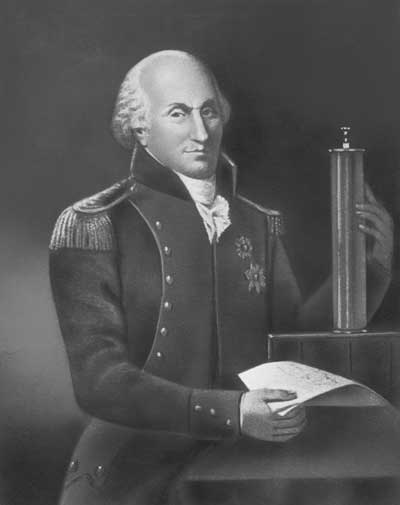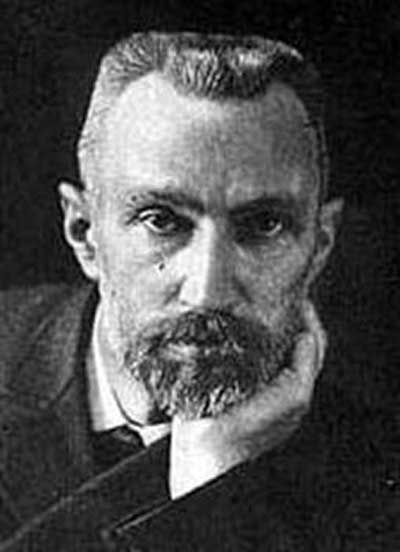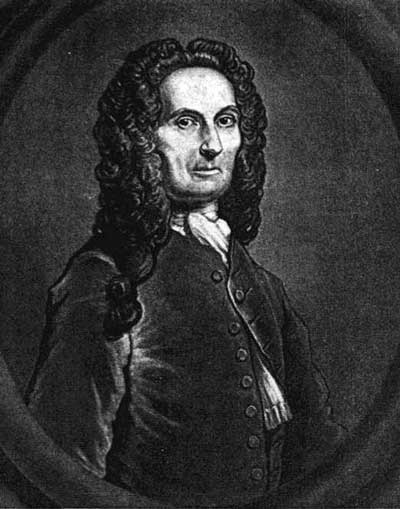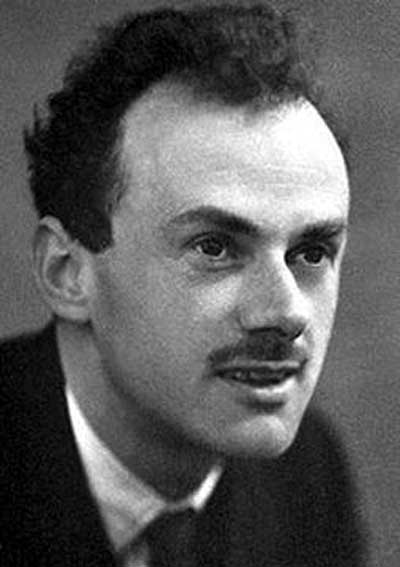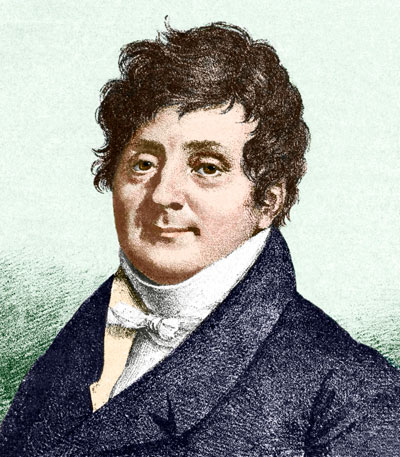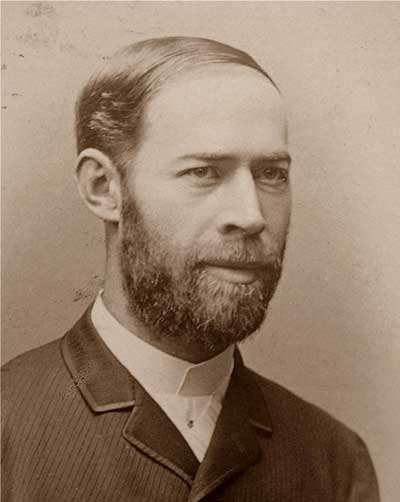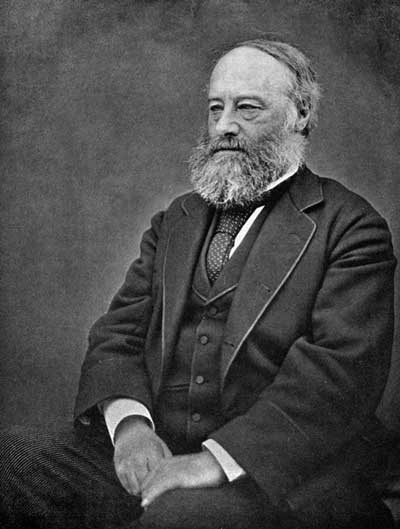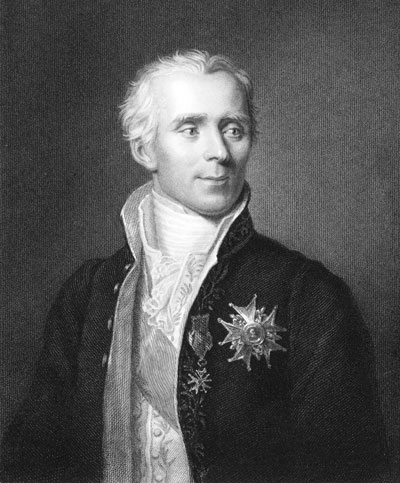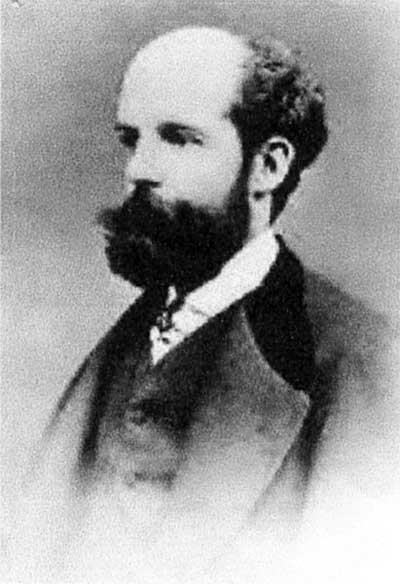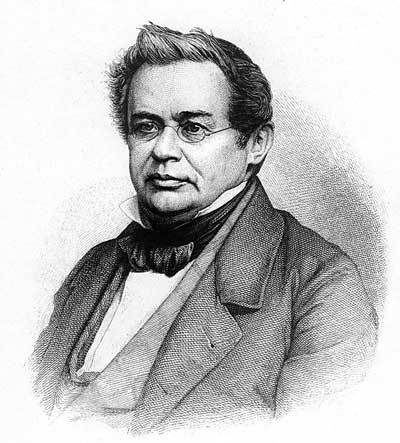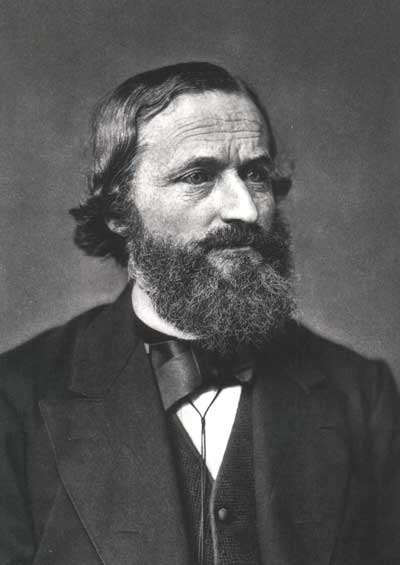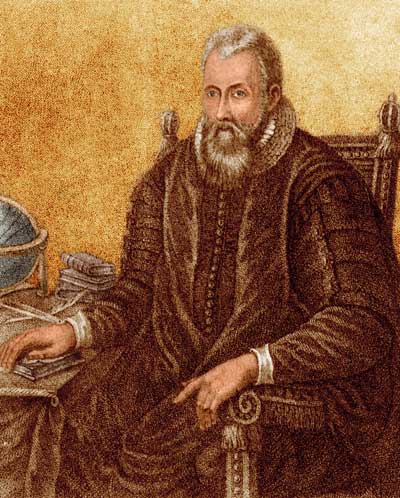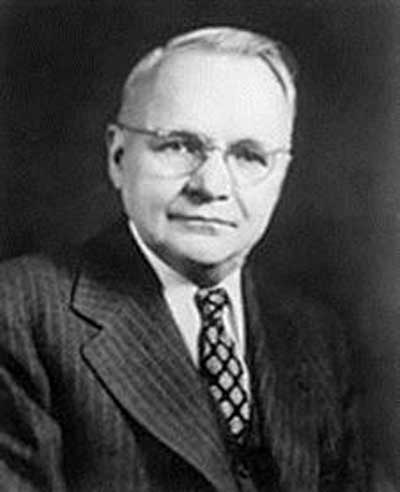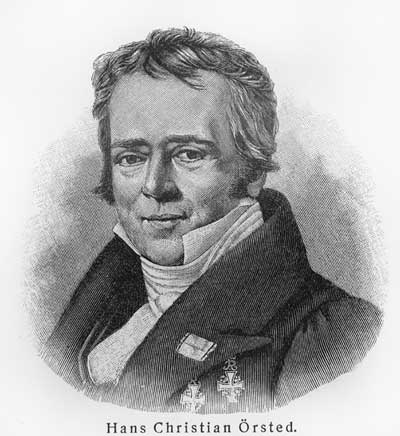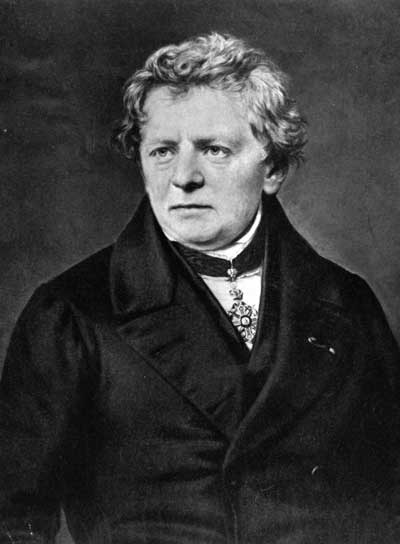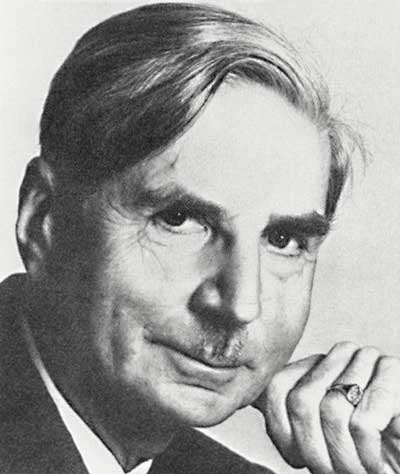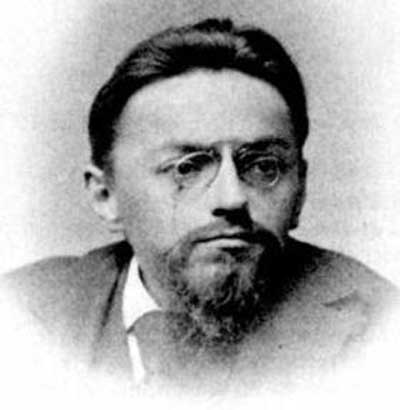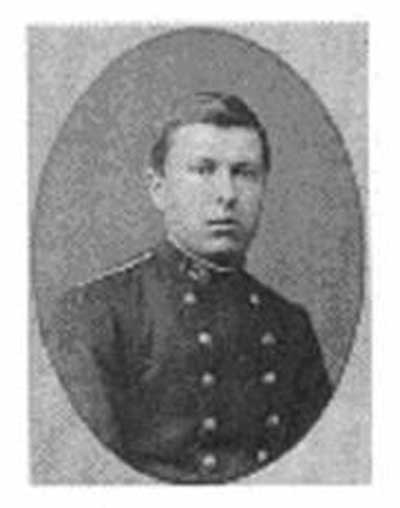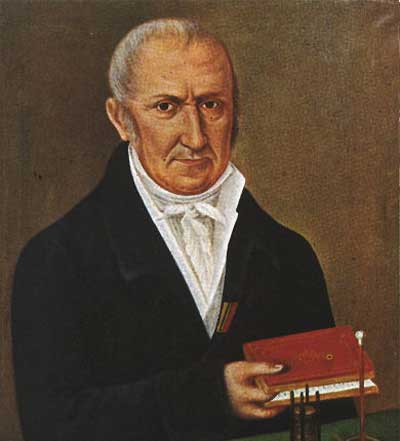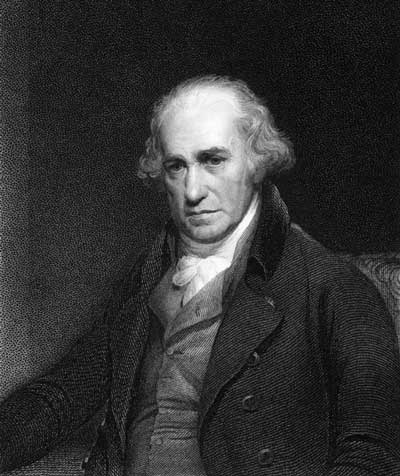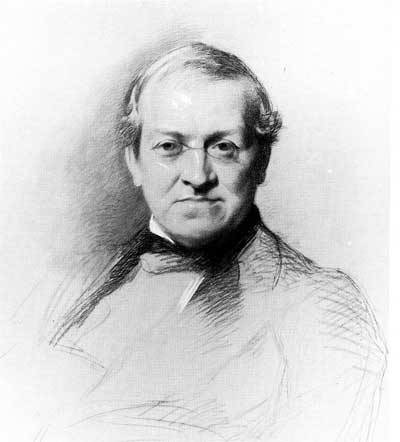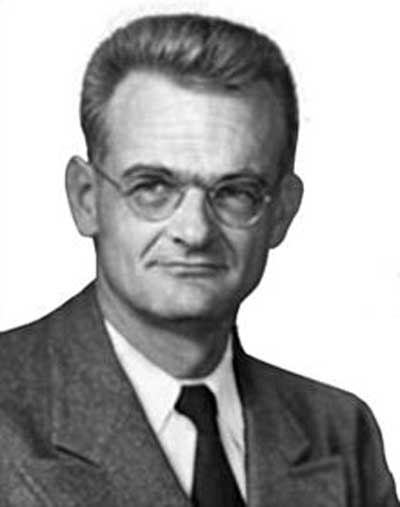André-Marie Ampère 1775–1836
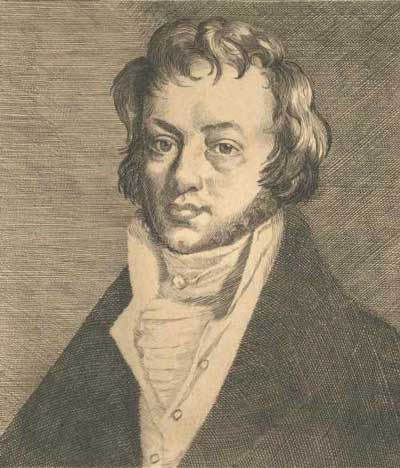
André-Marie Ampère (1775–1836) is generally regarded as one of the founders of classical electromagnetism. The SI unit of measurement of electric c Pierre urrent, the ampere, is named after him.
Ampère developed a mathematical and physical theory to understand the relationship between electricity and magnetism, discovering that two parallel wires carrying electric currents attract or repel each other, depending on whether the currents flow in the same or opposite directions. This discovery laid the foundation to what later became known as electrodynamics. The most important of his results came to be called Ampère’s law, which states that the mutual action of two lengths of current-carrying wire is proportional to their lengths and to the intensities of their currents.
Ampère also theorized upon the existence of an ‘electrodynamic molecule’ that served as the component element of both electricity and magnetism. This was later discovered and is known today as the electron.
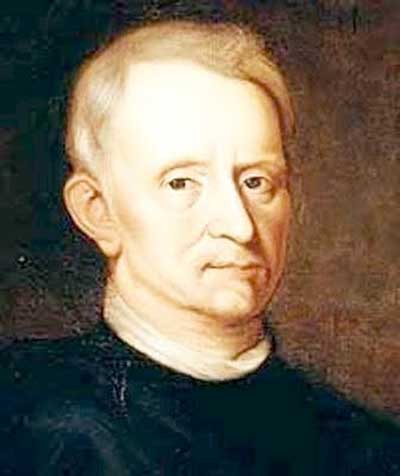
 .
.
